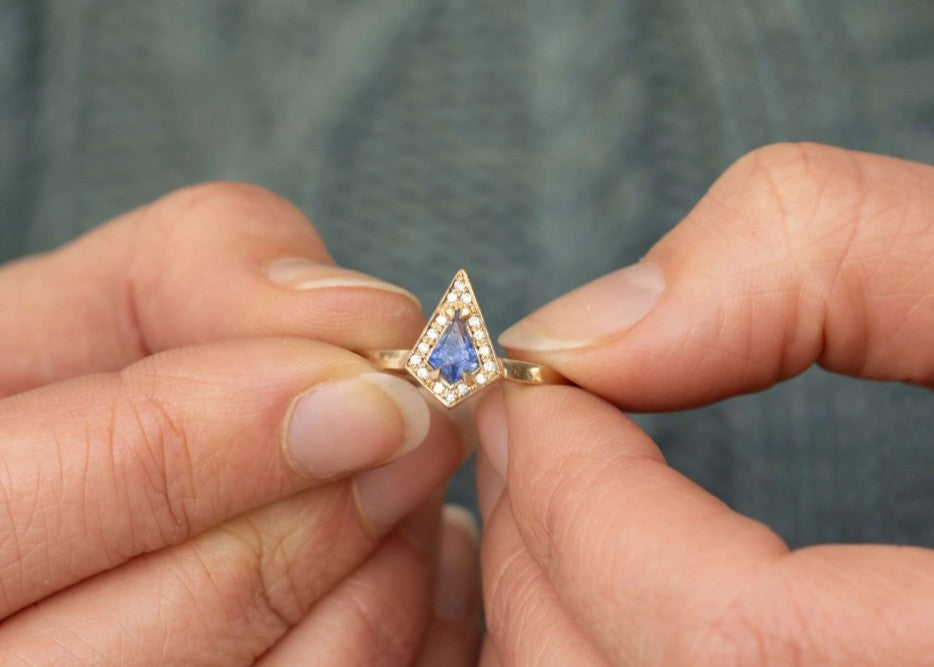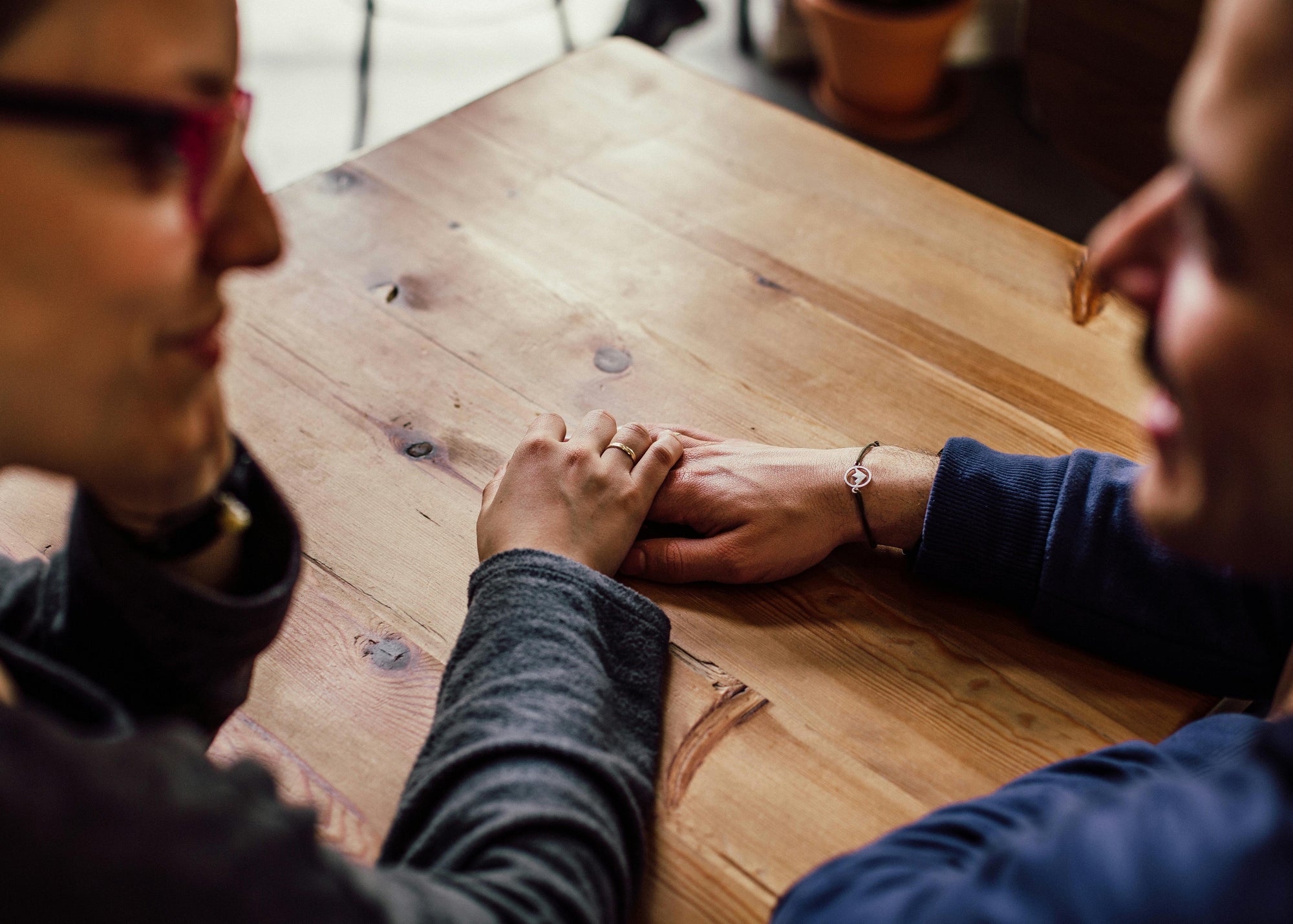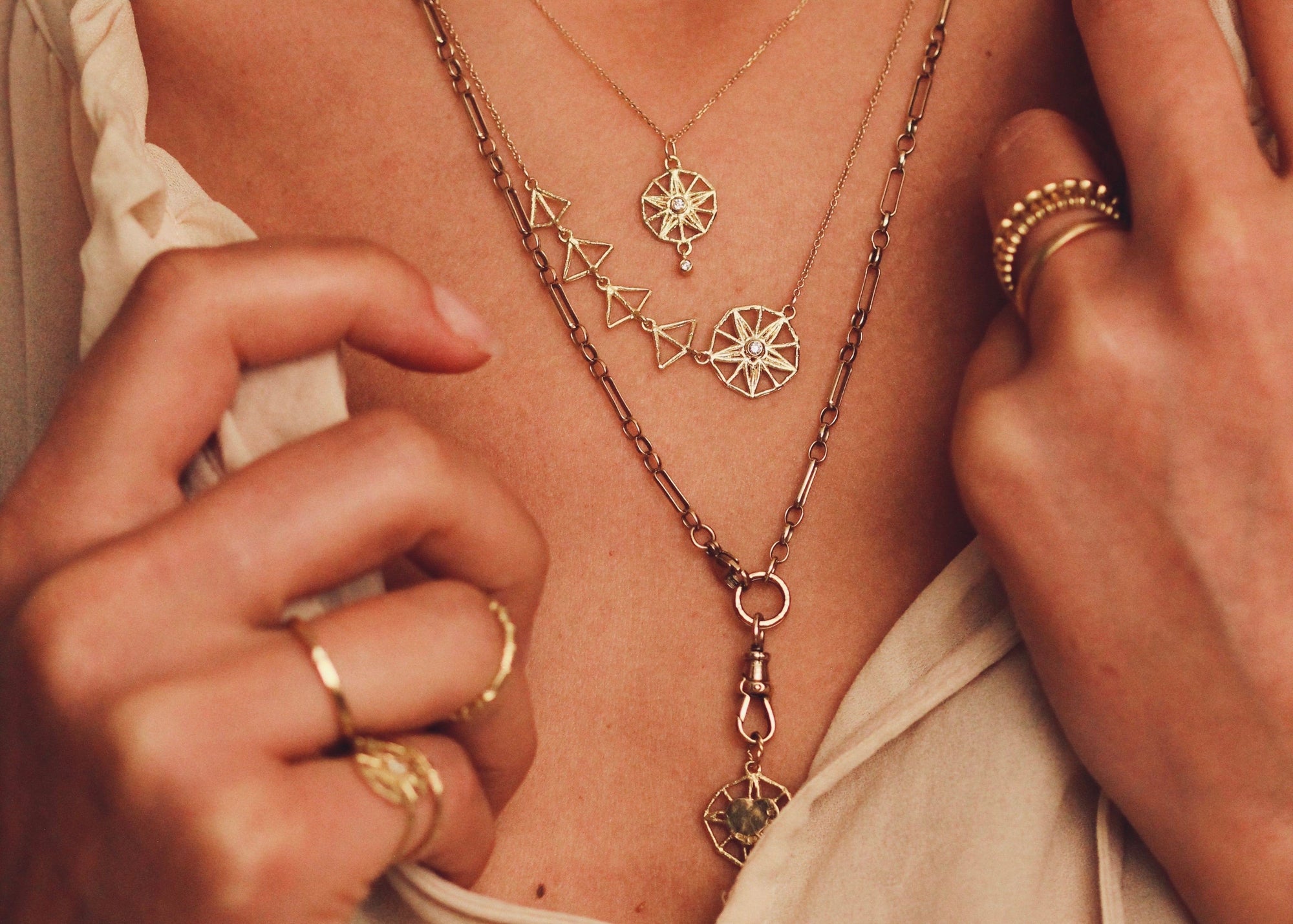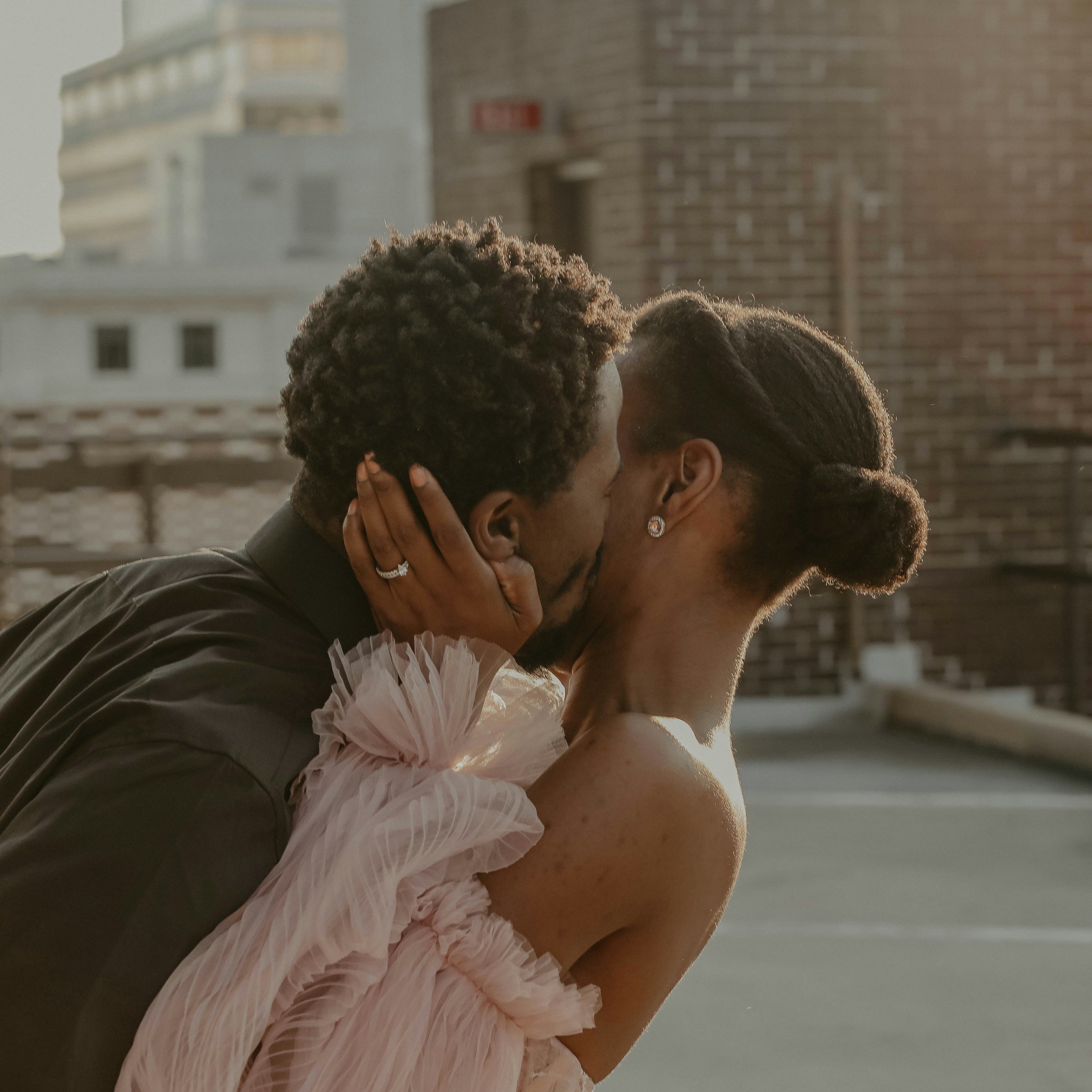Pictured: Cornflower Blue Sapphire Kite Halo Ring by Sarah Hickey Jewellery
That beautiful diamond on your finger might be a symbol of love and commitment, but it's not always practical when you're gardening or washing dishes. We've been looking into how often people actually wear their engagement rings!

Diamond Solitaire Dual Engagement Ring by Natalie Vernazza
The Wearing Habits of Ring Owners
Research shows there's quite a diverse range of engagement ring wearing habits:
The Never-Take-It-Offers (25%)
This group considers their rings a permanent fixture. They wear them constantly, including while showering, sleeping, and during most daily activities. "I've only removed mine twice in ten years – once for surgery and once for an MRI," is typical of this dedicated approach. For these individuals, the ring has become such a part of them that they often forget they're even wearing it.
The Strategic Removers (40%)
The largest percentage of people take a more measured approach. They wear their rings daily but remove them for specific activities. These practical individuals often have designated ring dishes throughout their homes to ensure safe storage during those ring-free moments. They're conscientious about protecting their investment while still enjoying wearing it regularly.
The Going-Out Wearers (20%)
For this group, the engagement ring is primarily worn when leaving the house. Those who work from home or have messy hobbies often keep their rings safely stored until they're heading out for errands, social gatherings, or work. Many in this category express some guilt about not wearing their rings more frequently, but they prioritize protecting them from potential damage.
The Special Occasion Sparklers (10%)
Some individuals save their rings for truly special moments only. They might wear them for date nights, family gatherings, or formal events. One interesting tradition observed was a woman who wears her engagement ring just once annually—on her wedding anniversary—while her plain gold wedding band remains a daily fixture.
The Alternative Solutionists (5%)
This creative group has found innovative compromises, such as wearing their rings on necklaces during manual tasks, using silicone replacements for active pursuits, or keeping inexpensive duplicates for travel. These approaches allow them to honour the symbolism while addressing practical concerns.

Diamond Engagement Ring by Hannah Louise Lamb
Common Reasons for Removing Engagement Rings
Activities That Risk Damage
- Showering. Soaps can create residue on stones and metals, dulling their appearance
- Cleaning. Harsh chemicals can damage precious metals and loosen stone settings
- Cooking and baking. Food particles can become lodged in settings, and dough is particularly problematic
- Gardening. Soil and stones can scratch precious stones, and settings can catch on gloves
- Exercise. Weight lifting and high-impact activities risk bending prongs or damaging stones
- DIY projects. Power tools, paints, and construction materials present multiple hazards
Professional Considerations
Certain professions make ring-wearing impractical or unsafe. Healthcare workers frequently mention removing rings for hygiene protocols and to prevent tearing gloves. Those in food service, childcare, and manual trades often find rings incompatible with their daily responsibilities.

Custom 0.74ct White and Pink Tourmaline Maia Triad by Lelya
Interesting Insights from Ring-Wearing Patterns
Insurance Influences Behaviour
Ring insurance appears to significantly impact wearing habits. Those with comprehensive coverage report wearing their rings more confidently and consistently. The peace of mind that comes with knowing replacement is covered allows for more relaxed daily wear.
Two Schools of Thought
Ring wearers tend to fall into two philosophical approaches: those more concerned about losing their rings ("It stays on my finger because I'd definitely misplace it otherwise") versus those more worried about damaging them ("I prefer keeping it pristine rather than risking damage during daily activities").
The Duplicate Strategy
An increasingly popular approach involves having backup rings—less expensive versions that serve as substitutes when conditions aren't ideal for wearing the original. This practice is especially common for travel, beach holidays, and high-risk activities.
Changing Habits Over Time
Many report that their ring-wearing habits evolve throughout their relationship. What often begins as never removing the ring frequently shifts to more practical patterns after experiencing a caught prong, a loose stone, or seeing wear on the metal band.

Mayan Ring by EDXÚ
Final Thoughts
There's no single "correct" approach to wearing your engagement ring. Whether you're someone who never removes it or someone who saves it for special occasions, the most important factor is finding a pattern that accommodates your lifestyle, profession, and comfort level.
If you're concerned about not wearing your ring enough, you're certainly not alone. Many people adjust their wearing habits based on practical considerations while still cherishing what the ring represents. The symbolism remains meaningful whether the ring is on your finger every moment or safely stored during activities that might risk damaging it.
After all, an engagement ring is meant to last a lifetime—and finding the right balance between enjoying and protecting it is a personal decision that each owner must make for themselves.




